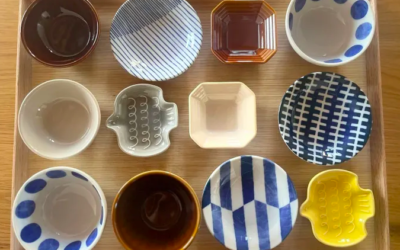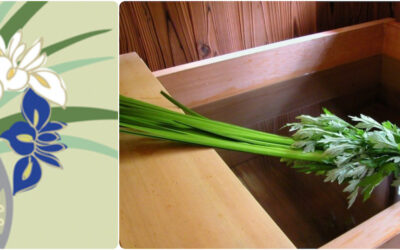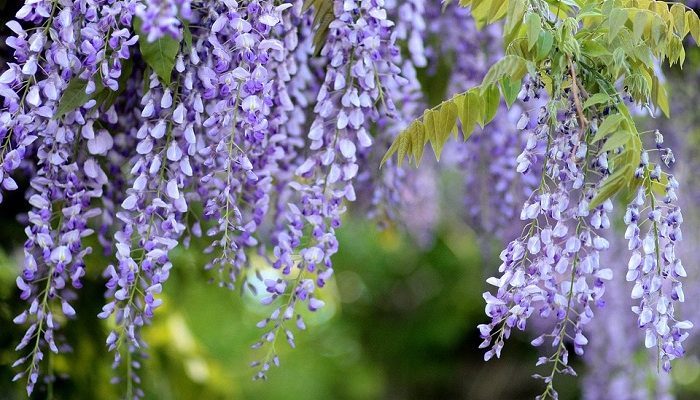
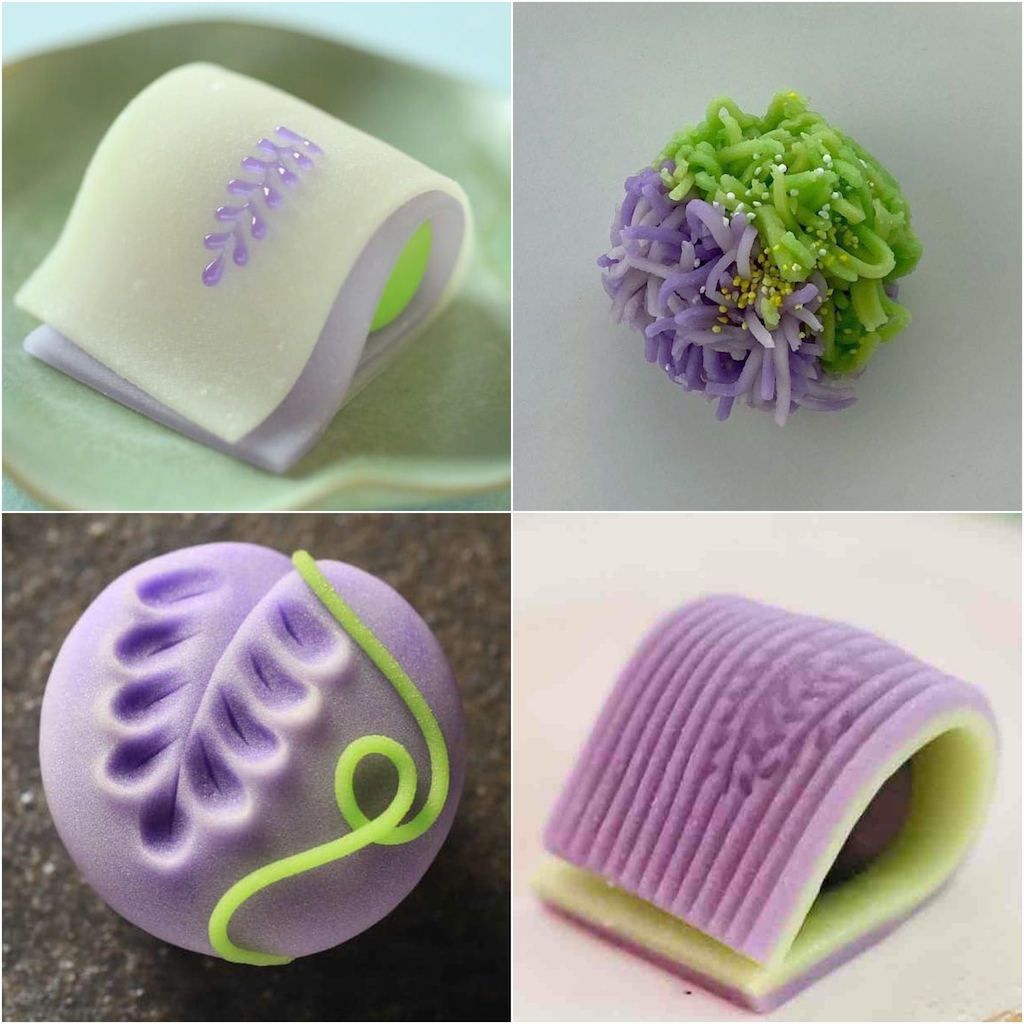
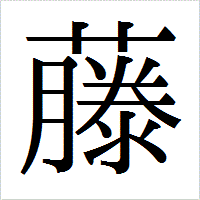
FUJI (Wisteria floribunda)
A species of flowering plant in the pea family, fuji is native to Japan. In culinary matters, graceful wisteria vines inspire a seasonal motif for traditional wagashi confectionery.
Fuji is often a symbol of longevity (plants have been known to live for more than 100 years) and wisdom (the plant’s long climbing vines seem metaphorically in search of new knowledge).
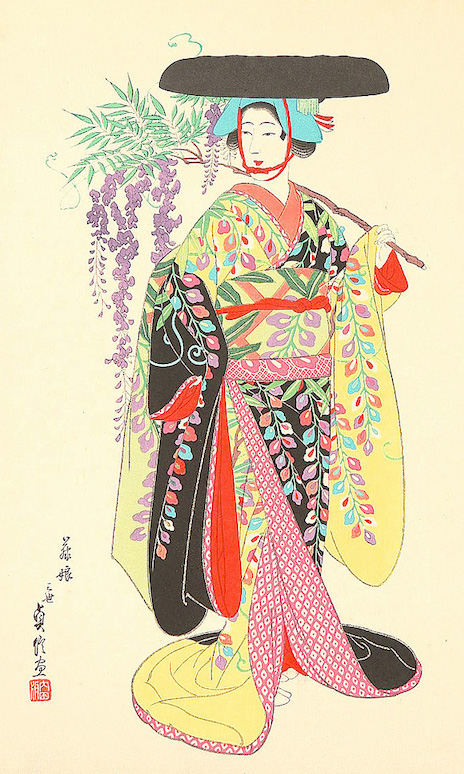
Fuji Musumé (Wisteria Maiden)
In addition, wisteria is associated with romance. Fuji Musumé, the “Wisteria Maiden,” a famous Kabuki dance with lyrics is themed on unrequited love.
Visit the PROJECT Flower-Inspired Sushi Rolls post to learn about making these attractive tidbits.
Download a copy of my April 2023 newsletter about FUJI (wisteria)

